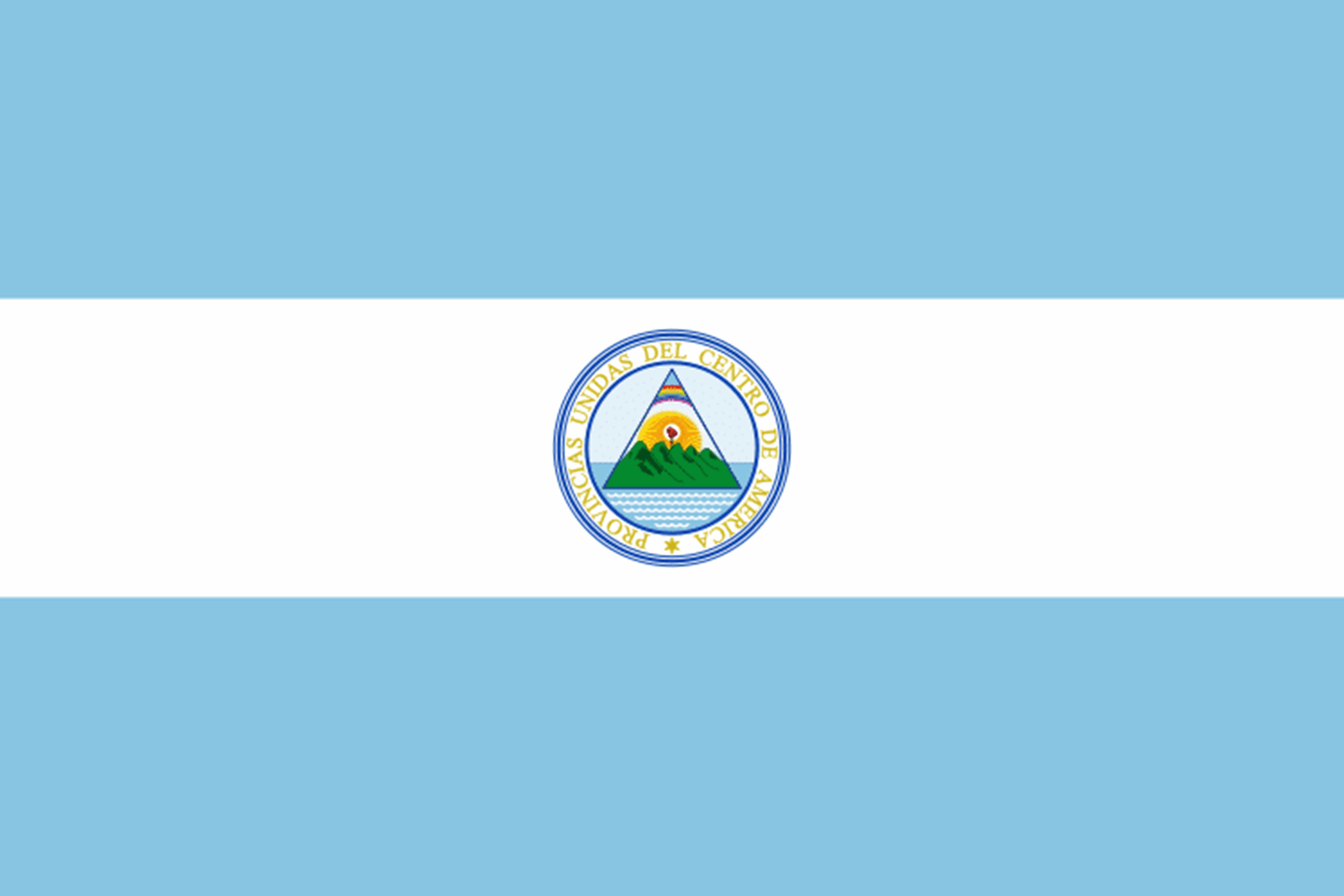More Information
Flor de Café
During the harvest, the cherries are carefully handpicked on the steep slopes and delivered to a processing area located on each farm. Each coffee contributed to this lot underwent the Washed method, which begins with the cherries being sorted for quality and submerging them in a tank of water to remove the floating cherries. Each farm has their own processing facilities to remove the external pulp from the coffee. This is done with a two-to-four-nozzle pulping machine. The coffee then ferments in piles for 24 – 36 hours. After fermentation, the coffee is washed with clean water to remove any remaining mucilage. This water is carefully purified in oxidation lagoons after processing.
As soon as the coffee is cleaned, it is transported to the Cafetos dry mill, which is an average of 25 kilometers away. Here, the coffee dries for roughly 15 days, with the moisture content carefully monitored to ensure an even drying. After drying, the coffee is hulled and prepared for export.
